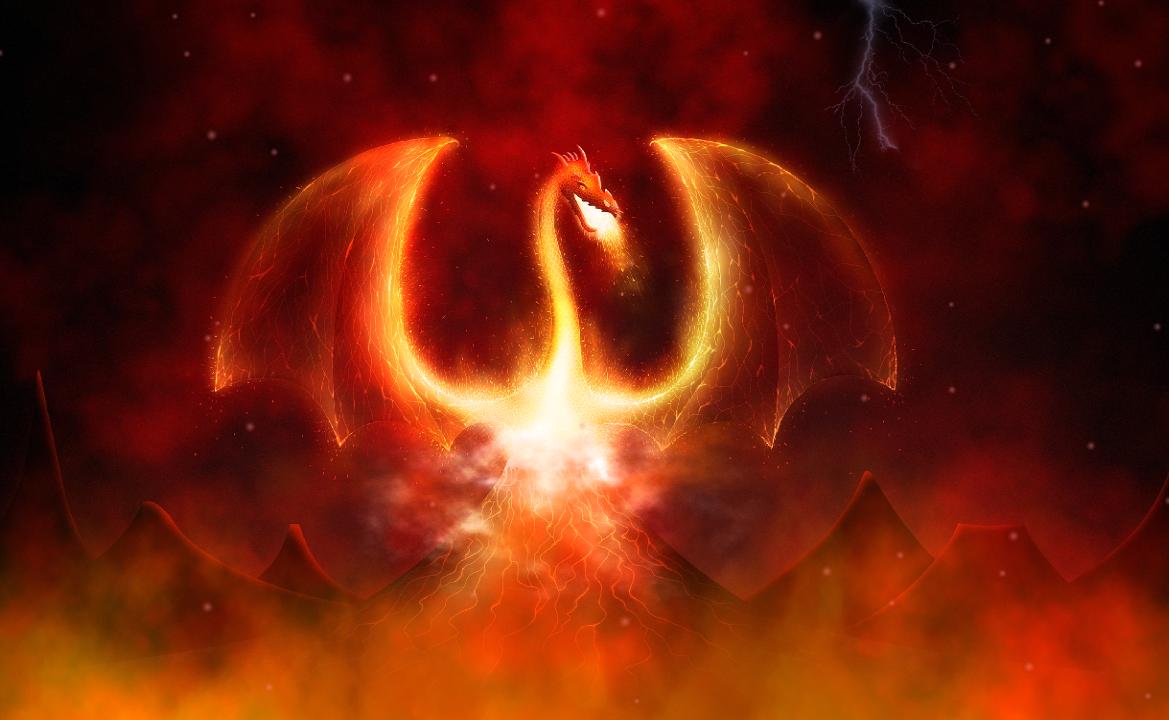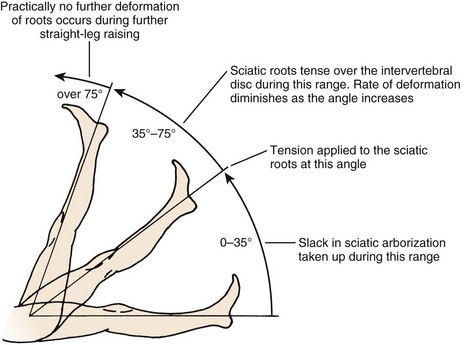 What kind of Pokemon is a Sciaticasaurus? It is a fast, elusive, stubborn, “sharp,” fire or electric type creature. To catch it and be “the boss of it” requires patience and determination. In the real world a Sciaticasaurus is known as Sciatica.
What kind of Pokemon is a Sciaticasaurus? It is a fast, elusive, stubborn, “sharp,” fire or electric type creature. To catch it and be “the boss of it” requires patience and determination. In the real world a Sciaticasaurus is known as Sciatica. 
“True” Sciatica is where the sciatic nerve is inflamed and irritated. (Pseudo) “leg pain” sciatica is when the irritation is coming from the spine, which includes spinal nerve and possible tissues surrounding the spine. Sciatic nerve is the largest nerve in your body. It starts from your lower back and pelvis then travels down your leg where it splits at the knee and continues to your foot.
We will focus on the “leg pain” sciatica because this is the more common thing I see. Each spinal nerve is named by the location in the spine and nerve, thus, the sciatic nerve consists of L4 to S3. Nerves tell you how to move and what you should be feeling such as vibration, light or deep touch. When a nerve is deprived of circulation it will result in numbness. Tingling happens when the nerve is irritated. It is common to have back surgery and wake up feeling numbness (and not tingling) only since the surgery had to stop localized circulation of the nerve to get rid of the source to the “irritation”.
In the first part “Catch-a-Lumbago, GO!” I talked about how to have an upper hand when catching a basic level creature or the real life Low Back Pain (LBP). In part one, managing low back pain without sciatica is more effective when using a grouping by character type FOLLOWED by movement type. Movement type is determined by 1. How did you hurt it? and 2. What movement does the body respond better to?. These two methods applies to catching and taming a Sciaticasaurus as well. Having leg pain (called radiculopathy or radicular pain) separates the creature to its own category from the beginning. In regards, MOST sciatica are brought on by a flexion/rotation (bending forward with a twist) method (to pick up a toy or lifting) OR compression type. I will elaborate on flexion/rotation pattern, but the same principles apply but in reverse pattern. Lets get science nerdy and dive into the details.
How do you know if you have a sciatica? There are two tests used. A straight leg raise (SLR) is to determine how irritated your sciatic pain is. The higher the better. Typically a classic sciatica can only raise their leg 30-40 degrees. The next test is whether you have back/leg pain with coughing or sneezing. This implies more irritability NOT severity of symptoms. Your nerve is irritated from it being inflamed resulting in numbness and tingling symptoms. Nerve HATES chemicals released during the inflammation period/process. Playing it safe is the name of the game for the first week when these two are positive. A fine balance between resting with ice and gentle walking will allow you to take it to week two intact.
There are two key principles when managing sciatica, leg pain manipulation and reset. Leg pain manipulation applies to the ability to change the leg pain either by location or intensity. Movement is the name of the game. We will be using the reverse movement technique in controlling your leg pain. Our goal is to get your leg pain to travel up (centralization) your leg to your low back AND stay in your low back for one week. This is the location part – where does the leg pain end, buttock, knee, or foot? In our example of a forward bending type of sciatica, we will use backward bending (extension program) to achieve this. If gravity and load irritates your spine, then laying on your stomach (prone) will allow us to perform this program without the load from gravity. During the process of taming the sciatica, we will sacrifice the low back to achieve this “centralization to the low back” ideal. Your low back pain may get worse during this testing and treatment phase. To simplify the matter, low back pain (lumbago) is easier to deal with so do not be panic (see part one). The detailed progression will be explained below.
This concept when applied appropriately is a powerful system in taming sciatica. It will test your patience, but it is rewarding if you achieve a centralization phenomenon. The next concept is the reset. Reset means you have gotten a meaningful treatment effect – the leg pain to travel up or intensity lessen. Studies have shown that if one is able to get a reset effect, the prognosis is much greater than if your leg pain does not change. This is another reason to sacrifice the back to tame the leg pain sooner than later.
So you got a good response with the extension program. What is the treatment prescription? How often and how long? The leg pain is centralizing, now you need to keep the momentum of the treatment effect. If you notice your leg pain starts to travel back down the leg after 30 minutes, then your prescription is to “reset” your leg pain before it comes on at 20 minutes. During this process, every bending forward (flexion) activities will reverse any treatment effect, which includes sitting, tying your shoes, toileting, and cleaning up. I consider any sitting to be in the flexion category especially if it causes your leg pain to travel back down. If your pain is due to bending forward to pick up something or lots of sitting, the experience is triggered as a threat to your brain. Until you reach the end goal of low back pain only for one week, delay or modify any activities that causes pain to travel further down the leg. We will gradually reintroduce the flexion activities once your back allows more leeway. See below for tips in modifications of daily tasks.
Your brain will always win in protecting you. You can trick it but not convince it over the long term. The experience triggers a memory that your body does not like and it will trigger whatever pain response to slow your life down. The longer you ignore it, the nastier it tends to be over time. The experience is what your body perceives is the threat not a label like a herniated disc, slipped disc, broken back, degeneration disc disease, end plate fracture, or spondyloysis (what is that? sounds like a dinosaur …in my back? Yikes!) Tedious? YES. Frustrated? YES. I get it, but at least you are in control of your pain not the other way around. Having a supportive group will help tremendously. It is not a burden to ask for help during this time if it will allow you to become a better Pokemon catcher (mother, father, employee, etc). It usually takes a team of supporters to catch and tame a Sciaticasaurus.
Contact and email at revitalizerehab@gmail.com if you notice your back is shifted sideways with your sciatica. This will require a different set of exercises to make the extension based program more effective.
McKenzie Extension based program.
PRESCRIPTION DETAILS
Frequency: depends on timeframe of when leg pain travels down. Done prior to this occuring or every 2 waking hours.
Duration/Repetition: 10-20 reps or stay in a position until you get pain to travel up your leg, usually 5-20 minutes.
Progression (How fast can I push myself): based on the stop light system and you will not know until ~3 minutes after you stop doing the exercises.
GREEN LIGHT: Good response and leg pain travels up with no/minimal pain…PROCEED TO NEXT STEP
YELLOW LIGHT: Treatment is uncomfortable/painful but lasts ~1-3 minutes before it reverses back to baseline (when you first started)…IT IS OKAY TO STAY OR PROCEED ONE STEP FURTHER
RED LIGHT: Treatment is painful and does not calm down…STOP & REGRESS
STEP 1. PRONE: Laying down on stomach (prone), use 1-2 pillows needed
STEP 1.5 PRONE WITHOUT PILLOWS
STEP 2. PRONE ON ELBOW: Prop yourself onto your elbow like you are reading a book
STEP 3a. PRESS-UP: Slowly push your upper body up with your hands – how much depends on the leg pain response. Relax your buttock/leg muscle. You can place your hands further in front of you to get a better response.
STEP 3b. KNEE BENDS: Bring and press your heels together. Spread knees apart. Bend your knees towards your buttock.
STEP 4. Backward bending: place your hands at your hips and bend backwards. If you feel like falling support your back thigh with table.
STEP 4b. Wall assisted backward bending: Place your hands on the wall elbows straight and lean your pelvis forward.